Who You are is Your Identity
If you feel you've made an error in developing your image, correct it quickly. Even if it means starting from scratch with a new logo, business cards, and stationary. It's worth it because of the power of image to help you sell.
It's likely that as your business grows and expands you'll need to adjust your tagline and your identity as you go. Don't make the mistake of outgrowing your image. Anticipate changes in the market and always consider what image issues you need to address with a new target market.
Integrate
Now that you've created your logo, it must appear on all of your communication vehicles including letterhead, your invoices, envelopes, business cards, and packaging. The "look" you establish in your logo in terms of color and stylistic elements must then be integrated to all of your communications. If you use the color red in your logo, your stationary should too. If you use a typestyle, your sales brochures and company literature you must use a compatible typestyle. Consistency and repetition are how you will firmly root your image into the minds of your target market and the public at large.
- Communication Tools
Integrating your logo into your communications is the first step, next you must also employ your marketing tools carefully and correctly:
- Sales Brochure. If a prospective customer called you today and asked you to send information about your product or service what would you do? Send them a letter and three product sheets stapled together explaining your business and product offering? Even if your material is well-written, you will convey an image that you're a small, possibly not well-established organization. It doesn't matter if that's true or not, the point is in the eyes of your prospective customer it's a possibility. You should have a sales brochure to communicate the following:
- Who you are.
- What business you're in.
- Your product or service's features.
- The benefits a client will yield by doing business with you.
If your budget isn't going to permit using an outside agency to produce your brochure, you can create a simple, yet effective piece using a laser printer and a pre-designed brochure format available with almost all desktop publishing programs. Once, you've established yourself however, a laser printed brochure won't be suitable. You should hire a design agency to create one for you with photographs and graphics. It's an essential component of a professional organization's sales materials.
- Media Kits. Generating local or national media coverage, or publicity can greatly enhance your image and impress your clients. People have a tendency to assume that if you've been featured in a magazine or appear on television, that you must have something worthwhile going on in your business. You can't just call a journalist and say, "I have a great product, write about me," you have to convince them your company is worth writing about. One of the ways you do this is by sending them a media kit. You can create a media kit by filling a folder with relevant information about your business. The folder doesn't have to be slick, but it should be the same color you're using for your "look." Put your logo on the outside cover. A media kit contains the following:
- A press release that explains what is new, different, or exciting about your product or service
- A sales brochure.
- Product testimonials.
- A product sample or photograph.
- Related literature such as articles from newspapers or magazines.
Publicity is just one aspect of public relations. Supporting a local cause or charity, another PR function, will contribute to the favorable image in your local community. Public relation programs can help correct an organization's negative public image. For example, after an oil spill, a chemical company might make a large donation to a environmental agency in order to counteract the unfavorable impression that they're ruining the environment. Many companies hire public relations agencies or publicists to help them secure publicity in print and broadcast media and manage their public image. Once, you've established yourself, you may want to consider consulting or hiring a professional PR person. Your local Public Relations Society can help you pinpoint an appropriate firm or freelancer.
- Business Correspondence. All of your written material, whether it be a letter to a professional associate, a sales letter to a potential client, or a press release to a journalist all reflect your image.
- Content. Everything you write that's read by a customer is a window into your organization, telling them about you and the way you handle your business. A sales brochure can be beautifully designed, but if the copy isn't effective, or if it's too long and doesn't follow a logical sequence, you will damage your image. Many new businesses make the mistake of thinking they know best how to write about their products and services. You must make an effort to learn the principles of sales and business writing. For example, it's easy to confuse a product's features with benefits. Benefits are what sell a product, not its features. For example, you would never write: "You'll love our electronic checking account." You would write: "The electronic checking feature means you never have to worry about getting your check in your account on time." If you have good writing skills you can learn how to write effectively to appeal to your target market. If sales writing is not one of your strengths, or a particular strength of any of your employees, you should hire a copywriter to assist you in all of your communications. Copywriters are trained in the art of writing copy that sells. Again, you must think of the consequences of not paying a professional to do a job when you're not qualified to do it yourself. Executing one ill-conceived, poorly written sales letter will encourage a potential client to decide to take their business elsewhere.
- Editing. Even if you have excellent sales writing skills, never trust the editing process to your own eyes. It's difficult to catch your own mistakes. Consider how it will make you look if you accidentally sent a sales brochure with typos in it. You'll appear unprofessional and careless.
A final word about your communications: Never create any sales literature or correspondence on a dot matrix printer. To do so is to broadcast that you're a small operation with low standards and few resources. A laser printer combined with a good word processing program will give the ability to produce attractive and professional materials. If a laser printer is an impossible purchase for you right now, you still have the option of using your local print shop.
Make sure you use high quality bond paper for all external communications and reserve the less expensive paper for in-house correspondence. Most companies use a 70-pound bond paper. Make sure to choose a color that fits with your logo and look.
- Physical aspects of your company's identity
Aside from business communications, you communicate a great deal about your business in physical ways.
- Your location. If you establish your business in a professional office park or building, you're telling everyone hat you're serious about your business. If you rent office space in a shopping center however, it may be cheaper, but your potential clients won't view you as favorably as if you were in a more professional location. You should be extremely careful about working from home if your clients and potential customers will be meeting with your there. Many businesses such as doctor's offices are located in houses, but that's because doctors want to be accessible to where their patients live. And they almost always have a separate entrance. Unless you have a separate room dedicated solely as office space, you should avoid professional meetings in your home. Suggest instead that you will meet at your client's office or schedule lunch meetings at a restaurant.
- Your office furniture. Don't furnish your office with leftovers from home. If your budget is a problem, take care of first things first. Since it's the first view potential customers get when they enter your office, a reception area should be decorating priority number one. There must be a few comfortable chairs and a table. Go for quality rather than quantity. Art work that reflects your identity is a consideration too.
Next concentrate on your conference room rather than your office. This is especially important if you have people who work for you that also need to meet with clients. There should be at least one private, well-furnished room everyone has access to. You can always keep prospective clients out of your offices, but you will need a comfortable, functional, and appealing area to meet with them in.
- If you work from home, consider installing a separate business line that only you have access to. The phone company also provides businesses with convenient phone numbers with zeros in them. This makes a listing in the yellow pages more convenient. You should have voice mail or an answering machine installed for your business line. Voice mail is now accessible to everyone and provides better sound quality than an answering machine. Answering machines frequently encounter mechanical problems too. If you're a one person operation, have a friend of the opposite sex with a professional phone voice record your message for you. It will give the appearance that you have employees working for you. An answering service is an even better alternative because your customers will always reach a live person and they'll think you have a receptionist.
- Office Equipment. A full-size business copier will not only give you superior quality for photocopies, but it will add a dimension of seriousness to any office environment.
- Trade Shows. When you attend a trade show, your company booth says a great deal not only to potential customers, but to your professional associates as well. People tend to size up companies by the size of their space at trade shows. Therefore, small space = small company. Even if your budget affords only a small space, that doesn't mean your booth or set-up can't be thoughtfully designed and impressive. Invest in well-designed equipment, banners, and signs. Consult with a company specializing in this business.
- Your Business Behavior
Would you feel comfortable hiring a financial planner who drinks too much at social functions? Probably not. You communicate as much about your company as your product or logos by the way you handle yourself in business situations.
- Dress For Success. Even if you work at home in a sweat suit, when it's time to meet your clients or prospects, you need to encompass your company "look" as well. That's why blue business suits are associated with conservative financial company's such as banks. If your identity is modern, artistic, and cutting-edge a blue suit isn't the right style for you. Brightly colored dresses, jackets, and ties are more suitable to express your company's identity.
- Answer Your Phone In A Uniform, Professional Manner. All of your employees should answer their phones the same way. Whether it be, "Good Morning, the Hayes Advertising Company," or "Hayes Advertising, how can I help you," the point is to be professional and consistent.
- Your Employees. Word gets around about a company that treats its employees poorly, or a company that has a staff of unhappy people. It makes your associates and clients wonder why? To them it signals that there might be a problem in the way the company is run. People want stability when they're making significant purchases or contract for long-term services
PROJECT YOUR IDENTITY
___ Integrate Your Logo
___ Communication Tools
___ Sales Brochure
___ Media Kit
___ Sales Letters
___ Physical Image
___ Office Location
___ Office Furniture
___ Office Equipment
___ Business Telephone
___ Trade Shows
___ Your Personal Image
___ Dress
___ Phone Manner
___ Employees
Richard D. Adams is much more than just your average tax accountant. Before he started his own practice, Richard worked at the corporate level for over six years with Fortune 500 companies within the
Richard D. Adams . All rights reserved.


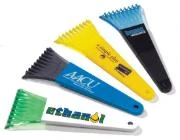
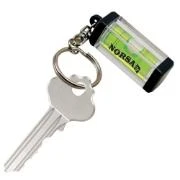



 (1).webp)



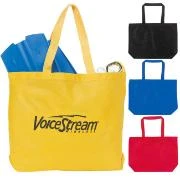
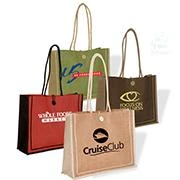

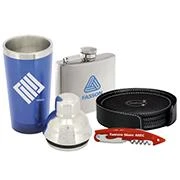
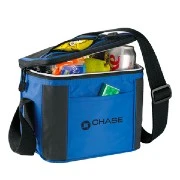


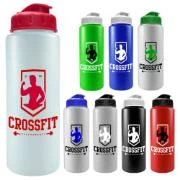
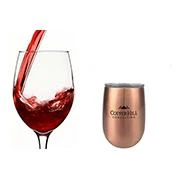
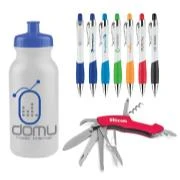

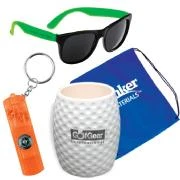
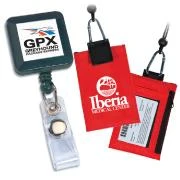

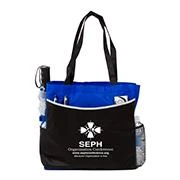


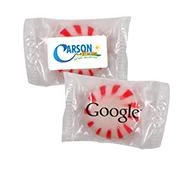




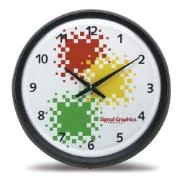
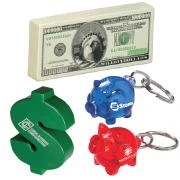
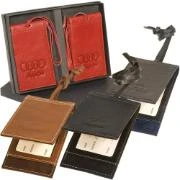


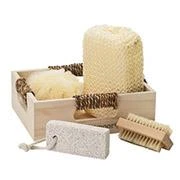

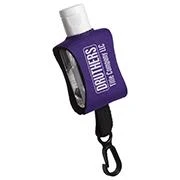


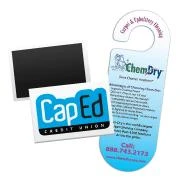

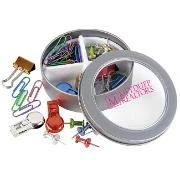

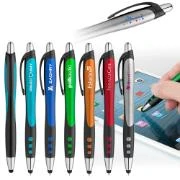


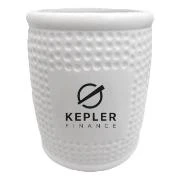
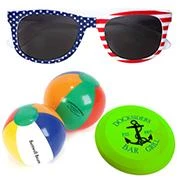



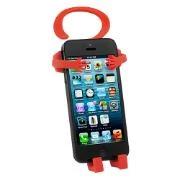
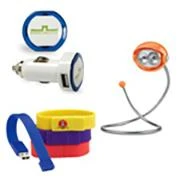
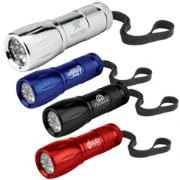
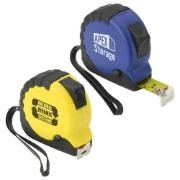

.webp)








